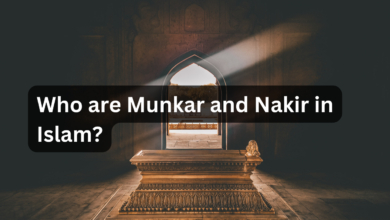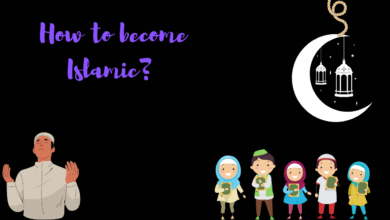Islam Definition World History
Islam Unveiled: Defining its Essence and Shaping Global History
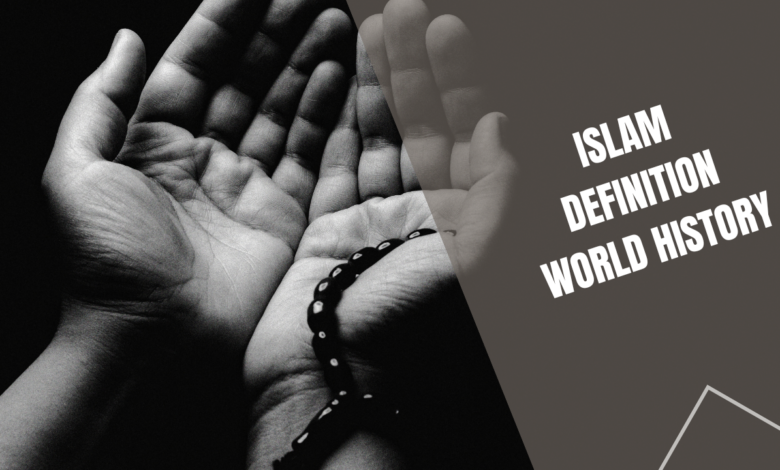
Islam Definition World History
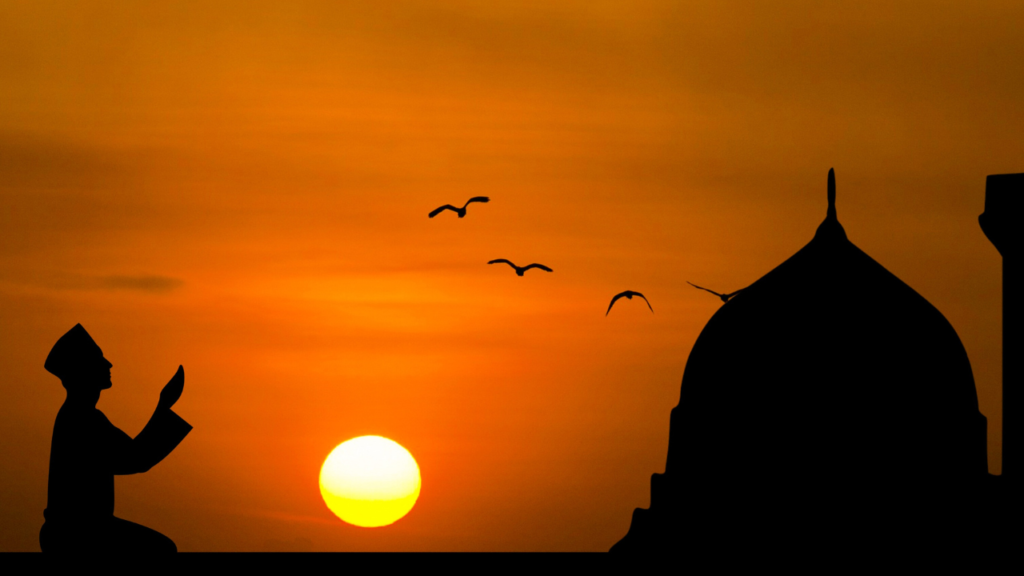
Introduction:
Islam, one of the world’s major monotheistic religions, has played a pivotal role in shaping the course of world history. Its rich tapestry of beliefs, practices, and historical events has left an indelible mark on cultures and civilizations spanning continents and centuries. In this article, we will delve into the definition of Islam and explore its historical trajectory, examining its impact on societies and global affairs.
Definition of Islam:
At its core, Islam is a monotheistic Abrahamic religion founded on the teachings of the Prophet Muhammad. The word “Islam” itself is derived from the Arabic root “S-L-M,” meaning peace, submission, and surrender. Followers of Islam, known as Muslims, believe in one God (Allah in Arabic) and consider Muhammad as the final prophet in a line of messengers that includes figures like Moses and Jesus.
The fundamental tenets of Islam are encapsulated in the Five Pillars of Islam:
- Shahada (Declaration of Faith): The testimony that there is no god but Allah, and Muhammad is His messenger.
- Salah (Prayer): Performing ritual prayers five times a day facing the Kaaba in Mecca.
- Zakat (Charity): Giving to those in need, typically 2.5% of one’s savings annually.
- Sawm (Fasting during Ramadan): Abstaining from food, drink, and other physical needs during the holy month of Ramadan.
- Hajj (Pilgrimage to Mecca): Undertaking a pilgrimage to Mecca at least once in a lifetime, if possible.
Also Check
Historical Development of Islam:
Islam emerged in the 7th century CE in the Arabian Peninsula, where Muhammad received revelations from Allah, as recorded in the holy book, the Quran. The message spread rapidly, and within a century, the Islamic Caliphate expanded across the Middle East, North Africa, and parts of Europe, creating a diverse and dynamic civilization known as the Islamic Golden Age.
During this era, Muslim scholars made significant contributions to various fields, including science, medicine, astronomy, mathematics, and philosophy. The preservation and translation of classical Greek and Roman texts into Arabic played a crucial role in the transmission of knowledge to medieval Europe.
The spread of Islam continued through trade, conquest, and missionary activities, reaching as far as Southeast Asia, the Indian subcontinent, and West Africa. The diverse cultures absorbed and integrated Islamic influences, creating unique syntheses of local traditions and Islamic principles.
Islamic Civilization and Global Influence:
The Islamic world has been a crucible of cultural, artistic, and scientific achievements. The architectural marvels of mosques, the intricate designs of Islamic art, and the advancements in astronomy and medicine have left an enduring legacy.
The decline of the Islamic Caliphate led to the rise of various Muslim empires, such as the Ottoman, Safavid, and Mughal Empires, which continued to shape regional and global affairs. The Ottoman Empire, in particular, played a crucial role in connecting the East and the West, influencing trade routes and diplomatic relations.
Challenges and Renewal:
In more recent history, Islamic societies have faced challenges such as colonialism, political fragmentation, and socio-economic disparities. The 20th and 21st centuries have seen the rise of various Islamic movements, both political and cultural, seeking to address contemporary issues while staying true to the core values of Islam.
Conclusion:
Islam, with its profound spiritual teachings and historical impact, stands as a significant force in shaping the world. The interplay of faith, culture, and politics has contributed to the rich tapestry of global history. Understanding Islam involves appreciating its diverse manifestations and recognizing the contributions of Muslim civilizations to the broader human experience. In a world marked by diversity, dialogue, and interconnectedness, Islam continues to be a source of inspiration, contemplation, and coexistence.
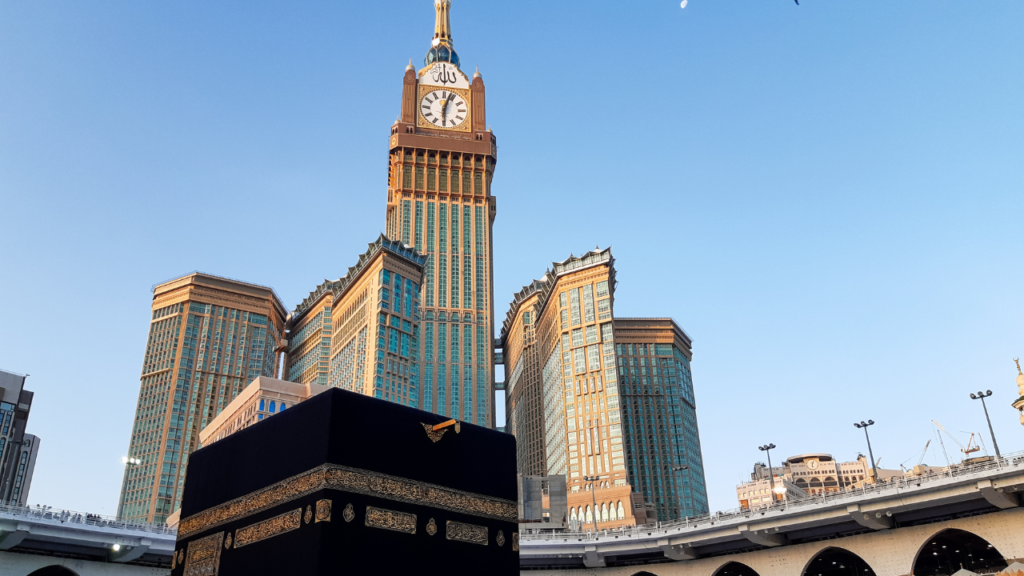
Frequently Asked Questions about Islam: Definition and World History
What is Islam, and how is it defined?
Islam is a monotheistic Abrahamic religion founded on the teachings of Prophet Muhammad. The word “Islam” signifies peace, submission, and surrender to the one God, Allah. Its definition encompasses a way of life guided by the Quran and the Five Pillars.
What are the Five Pillars of Islam?
The Five Pillars include Shahada (Declaration of Faith), Salah (Prayer), Zakat (Charity), Sawm (Fasting during Ramadan), and Hajj (Pilgrimage to Mecca).
How did Islam spread historically?
Islam initially spread through the Arabian Peninsula and later expanded through trade, conquest, and missionary activities, reaching regions like the Middle East, North Africa, Europe, Southeast Asia, and West Africa.
What is the significance of the Islamic Golden Age?
The Islamic Golden Age, spanning from the 8th to the 14th century, marked a period of cultural, scientific, and artistic achievements. Muslim scholars made significant contributions in fields such as astronomy, medicine, mathematics, and philosophy.
How has Islam influenced global history?
Islam has played a crucial role in shaping global history through the establishment of empires like the Ottoman, Safavid, and Mughal. It has also influenced trade routes, cultural syntheses, and the transmission of knowledge.
What challenges has Islam faced in modern times?
Modern challenges include colonialism, political fragmentation, and socio-economic disparities. The 20th and 21st centuries have seen the rise of various Islamic movements addressing contemporary issues while staying rooted in Islamic principles.
How does Islam continue to impact the contemporary world?
Islam remains a source of inspiration and coexistence. Contemporary Islam is marked by diverse interpretations, cultural expressions, and dialogue, reflecting its adaptability to the evolving global landscape.
How does Islam contribute to cultural diversity?
Islam’s influence on diverse regions has resulted in unique cultural syntheses, blending local traditions with Islamic principles. This diversity is evident in architecture, art, cuisine, and social practices across the Muslim world.
How can one better understand the interconnected history of Islam?
Understanding the interconnected history of Islam involves appreciating its multifaceted manifestations, from the Golden Age’s intellectual achievements to the contemporary movements shaping its role in the global landscape.
What resources are available for further exploration of Islam and its history?
Further exploration can be done through the Quran, historical texts, academic publications, and reputable online resources. Local mosques and cultural centers may also provide valuable insights into the diverse facets of Islam.


